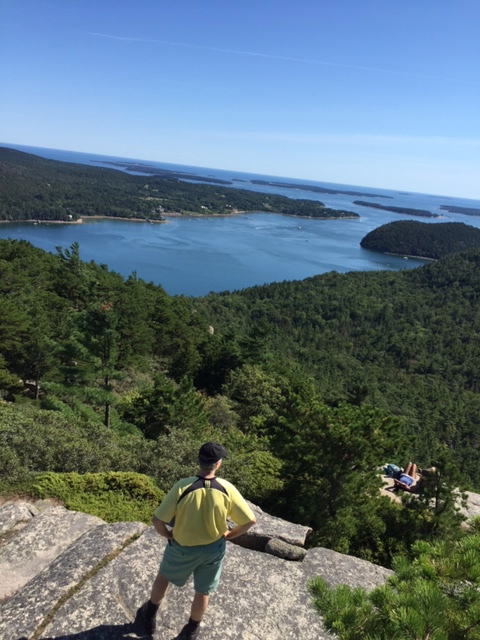Cruising the Marquesas Aboard the Aranui
When people find out that I’m a travel writer, they inevitably ask, “What’s your favorite trip?” It’s silly to distill the past two decades of work down to one locale so I try to evade the question. If they’re persistent, I’ll usually mention the Marquesas. In 1994, I took a 16-day cruise with my wife that ventured 750 miles north from Tahiti to the archipelago most distant from any continent. The only way to visit all six of the inhabited Marquesa islands was aboard the Aranui, an upscale freighter that offers air-conditioned cabins and three French meals daily. The ship’s main function, however, is to transport goods to the local residents. She comes bearing bricks and cement, pipes and tractors, fishing nets, medicines, and food, all the necessities for an isolated existence; and returns to Tahiti with copra, dried coconut meat that is processed into oil, soap, and cosmetics.
Since there are very few adequate docks in the Marquesas, travelers go ashore in wooden whaleboats to meet the locals. Burly crew members guide passengers on and off these boats quicker than they can toss a sack of rice to each other. Obviously, this is no normal luxury cruise ship. There is no shuffleboard, no stage where entertainment continually bombards you throughout the day, and no dress code for meals.
In its place, you’ll visit the island Nuka Hiva, where a 22-year old sailor named Herman Melville jumped ship and wrote about his experience with cannibals in his first book, Typee. Paul Gauguin’s gravesite rests on the neighboring island of Hiva Oa. Sitting under a plumeria tree on a hillside over the bay, the stone is simply inscribed, “Paul Gauguin, 1903.” A three-hour cruise from Hiva Oa brought us to the verdant island of Fatu Hiva. Here, you can take a ten mile hike into the stunning Bay of Virgins, the most majestic site of the voyage. Towering, storm-worn basalt rises from the ocean’s depth, forming a v-shaped buttress that’s illuminated by the sun’s yellow-green rays. In the distance, serrated ridges, cloud-piercing peaks and impassable gorges stand as a monument to the centuries of volcanic fires that formed this fantastic landscape. That sight is hard to forget.

 Acadia National Park
Acadia National Park With rows of grapes clinging to the steep mountainside overlooking Lake Geneva, the vineyards of the Lavaux Region certainly deserves its recognition as a UNESCO World Heritage Site. Yet, with that distinction comes an increase in tourism. If you want to bike through vineyards with only locals on charming hillside towns reminiscent of Burgundy, follow in my footsteps and head to the La Côte vineyards just outside the town of Nyon. We
With rows of grapes clinging to the steep mountainside overlooking Lake Geneva, the vineyards of the Lavaux Region certainly deserves its recognition as a UNESCO World Heritage Site. Yet, with that distinction comes an increase in tourism. If you want to bike through vineyards with only locals on charming hillside towns reminiscent of Burgundy, follow in my footsteps and head to the La Côte vineyards just outside the town of Nyon. We  If you missed the ski trip to Jay Peak this past Thanksgiving weekend, don’t sweat it. BSSC, New England’s largest recreation sports association, has many day trips coming up, including Killington, Sunday River, Cannon and Waterville Valley this winter. Weekend trips will venture out to Sugarloaf and Quebec City. After a day or two of carving that perfect turn on the slopes, leave the driving to someone else and meet new friends who share your passion. The BSSC will make stops in Boston, Newton, Woburn, and starting in January, Harvard Square, before hitting the peaks. Cost includes lift ticket and the bus ride.
If you missed the ski trip to Jay Peak this past Thanksgiving weekend, don’t sweat it. BSSC, New England’s largest recreation sports association, has many day trips coming up, including Killington, Sunday River, Cannon and Waterville Valley this winter. Weekend trips will venture out to Sugarloaf and Quebec City. After a day or two of carving that perfect turn on the slopes, leave the driving to someone else and meet new friends who share your passion. The BSSC will make stops in Boston, Newton, Woburn, and starting in January, Harvard Square, before hitting the peaks. Cost includes lift ticket and the bus ride.